On December 12-13, 2022, we met again in Alessandria, Italy at the Department of Science and Technological Innovation of the University of Piemonte, this time in presence, to discuss the results of the first year of activity of the H2020-Scenarios project.
It was a pleasure to meet live with the PIs from each of the 19 research groups and to see so many young researchers involved in research on per- and poly fluoroalkyl substances (PFAS).
Let’s try to sum up together what has been accomplished in these first 12 months of activity and we will do so by talking about the three research pillars of Scenarios:
- Smart detection of PFAS
- Poor PFAS toxicology
- Quasi zero-energy PFAS remediation
The detection of PFAS is considered an impressive bottleneck in increasing knowledge about the actual distribution of these persistent substances in the environment (water, air, soil) and human exposure. For this reason, SCENARIOS has invested a lot of resources under Pillar 1, i.e.: WP2. The main goal of this work package is to thoroughly research and develop new smart PFAS determination methods that combine fast selective detection with low detection limits in the ppt range. To achieve this goal, established gold standard analytical methods (i.e.: LC-MS /MS) and optimized High-Resolution Accurate Mass MS methods (HRAM-MS) will be used to generate data and validate two novel determination methods based on either Surface Enhanced Raman Scattering (SERS) and/or electrochemical microsensors. In Tasks 2.3 and 2.4, amazing results have been achieved in such a short time by the lead partner FORTH together with BGU and UPO, showing that it is indeed possible to develop innovative approaches to accelerate the detection and identification of PFAS in environmental samples and human fluids.
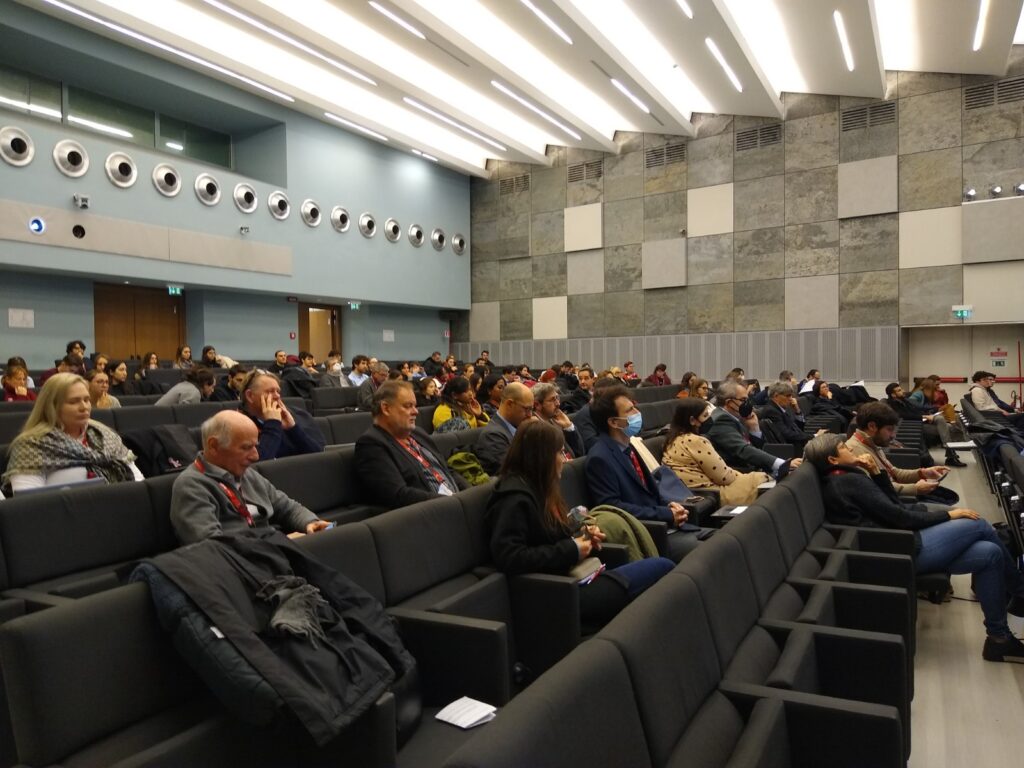
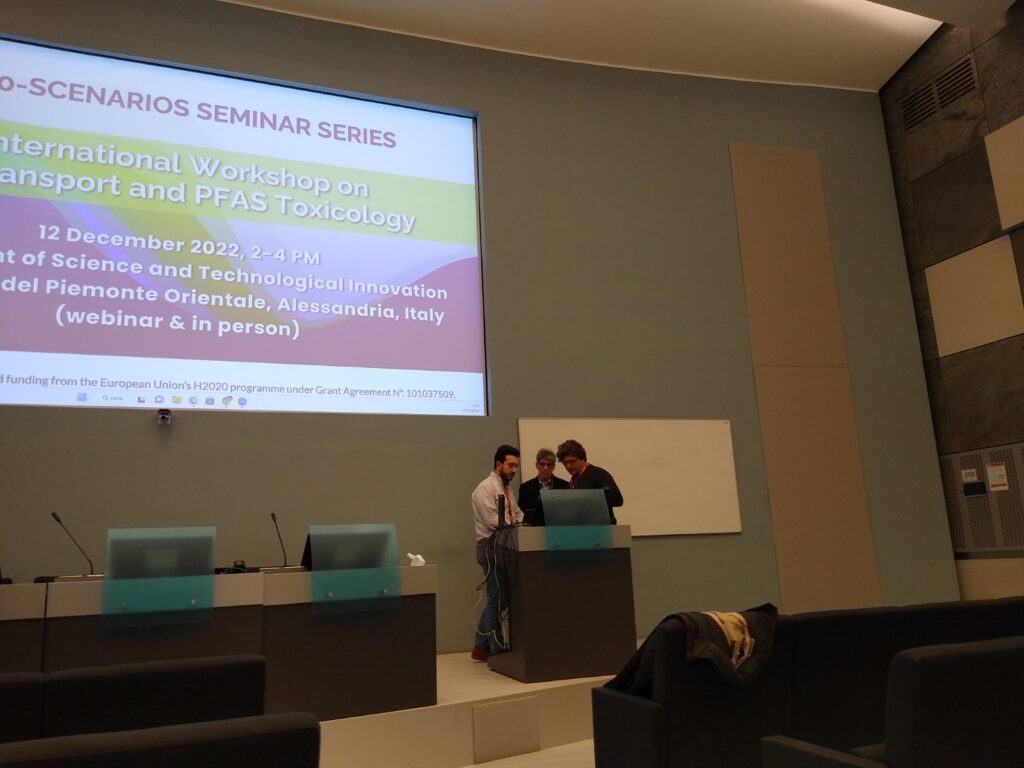
Regarding the toxicity of PFAS and Pillar 2, the working groups represented in WP4 and WP5 defined a panel of 34 congeners that considers a number of PFAS precursors such as PFOA, PFOS, and other substances with a carbon number greater than 8 atoms as a reference for studying the short- and long-term effects of carboxylic or sulfonic acid mono- or polyether substances such as HFPO-DA (known as Chemours GenEx), its monomer, trimer, and tetramer; the sulphonic ethers PF2EOESA, Nafion BP1 and 2 -the latter released during chlor-alkali production to produce chlorine and sodium hydroxide (caustic soda) needed by industry, trioxadecanoic acid congeners, and many others. The latter substances are referred to as PFASs with limited data because their effects on human populations and the environment are almost completely unknown. In addition, they are emerging contaminants that can accumulate in biota, particularly at the terminal predator level (which includes humans). The scenario partners LIST and TUA, under the leadership and experience of the German BFR, have studied the effects of these substances on different human cell systems (liver, lung, blood), highlighting the relative toxicity of these substances, activation of cell receptors such as PPAR-alpha, cytokine response, etc. In close collaboration with WP5 (novaM, NTUA, UNILE), these data were modeled and PFAS toxicity was classified according to different criteria in order to decipher the physicochemical, chemical or biochemical determinants that serve as drivers of toxicity.
Other research groups (UoB, UPO), on the other hand, have turned their attention to whole organisms, such as Danio rerio or the earthworm Eisenia foetida, which represent both environmental and alternative models to humans.
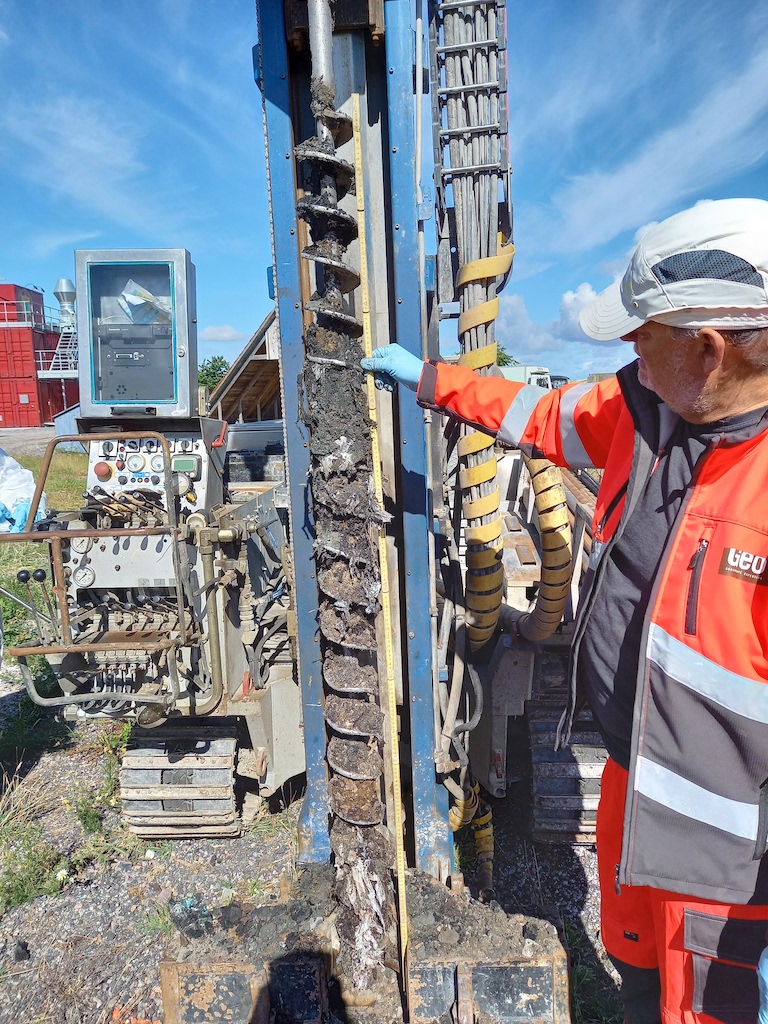
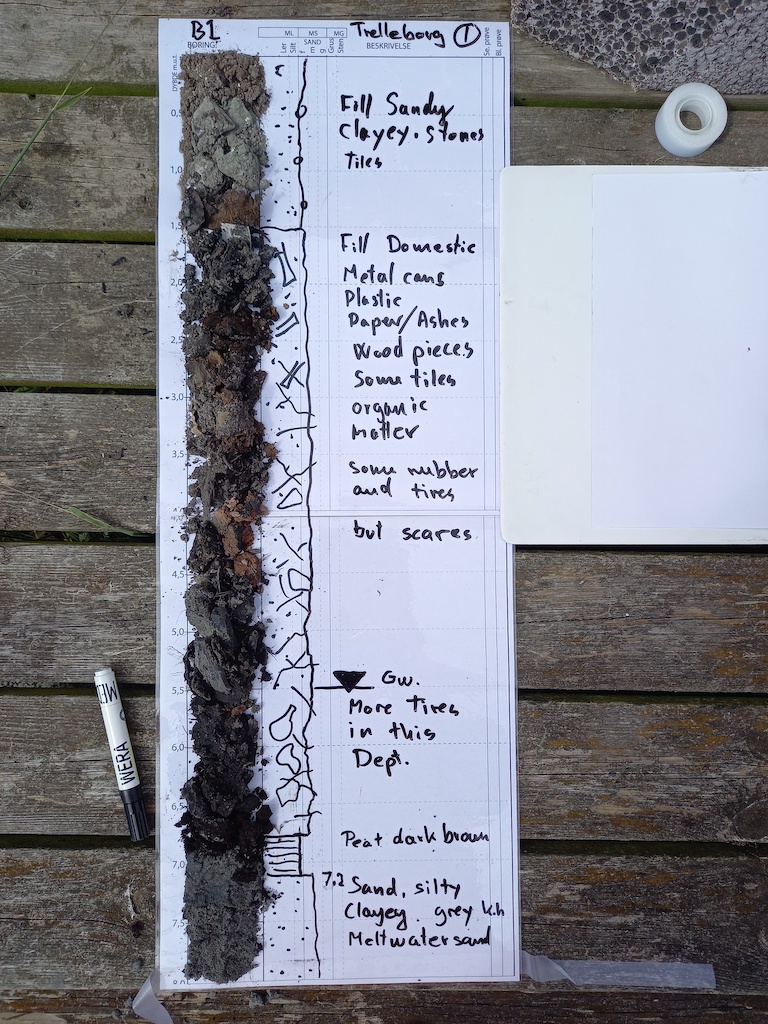
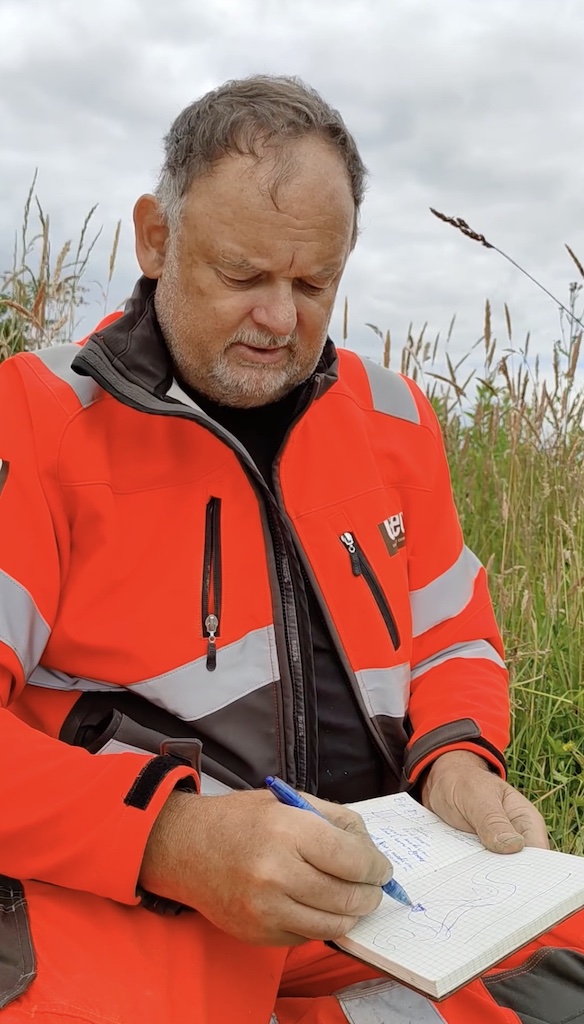
And we finally come to Pillar 3 on PFAS remediation. Scenarios has confirmed and secured outstanding pilot sites to validate and demonstrate the new Scenarios technologies. We must mention the work done by the Scenarios partner Department of Integrated Activities Research and Innovation within the Alexandria Civil Hospital (UOAL), which made available its expertise in epidemiology to carry out the first PFAS biomonitoring in the human population in the districts of Alessandria (Italy) bordering a hot spot of PFAS emission. In addition, samples from the biobank have been selected to study the interference of PFAS against the Covid-19 vaccine.
As for other studies we have settled with our teams (Envytech, GEO, BGU, Sensoil) at two heavily PFAS-polluted sites in Scandinavia, with similar types of pollution due to the use of fire-fighting foams, but very different geological settings. The sites at Trelleborg in Sweden and Korsor in Sealand, Denmark, are known to have been used for firefighting drills, so there is heavy PFAS contamination in soil and groundwater exceeding hundreds of ppb. The first operation carried out was to sample water and soil to confirm the presence of a pollution gradient that has epicenter at the drill site. Then in September 2022, BGU and Sensoil teams, assisted by Geo, Envytech and UPO installed the Vadose Monitoring Systems (VMS), a device for real-time monitoring of site hydrological conditions and leachate sampling, enabling verification of remediation operations.
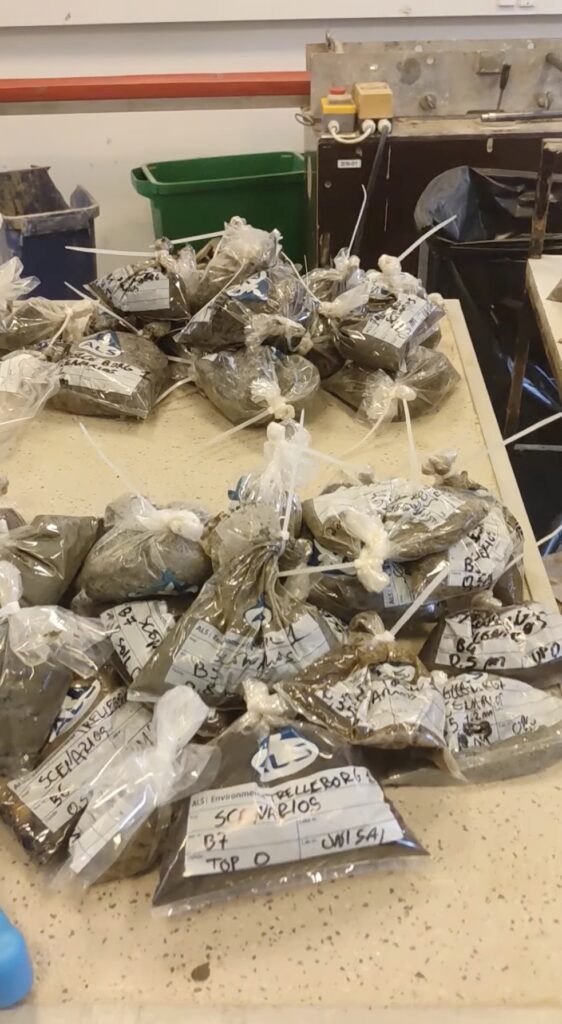
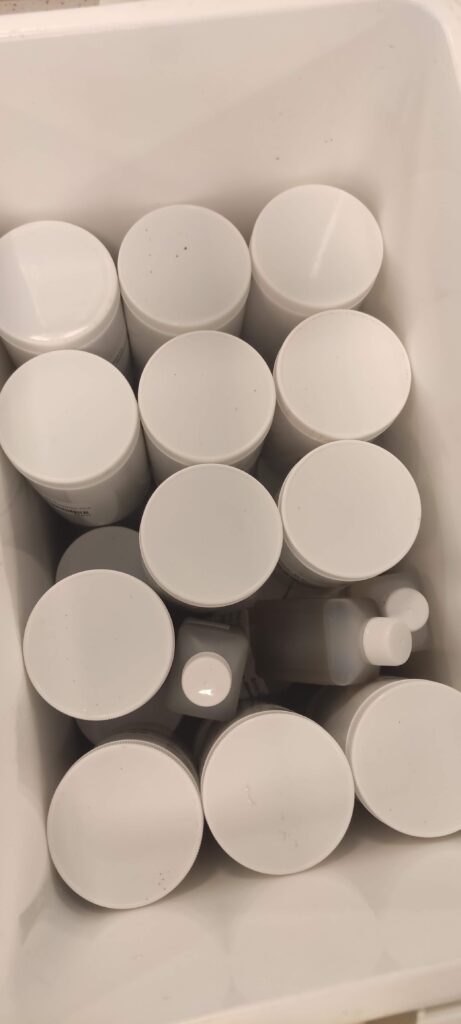
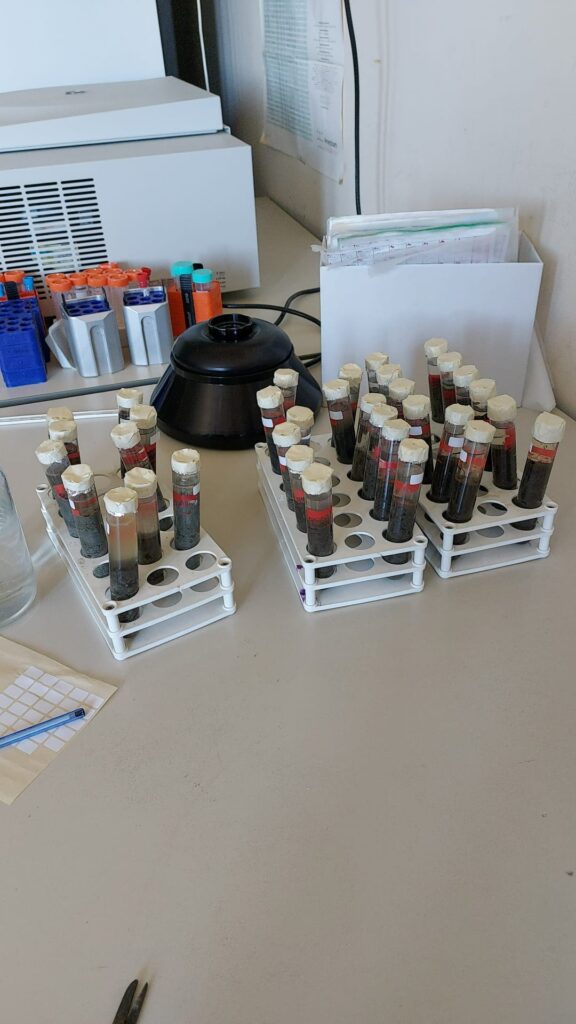
In contrast, FORTH and UCLM research groups have been working at the laboratory level on advancing remediation technologies. Excellent results have already been achieved with various reactors based on Cold Plasma under the various conditions (microsecond and/or nanosecond pulses, pulse voltage, plasma gas, etc.) which has been shown to be effective for PFOA destruction, and most importantly, low in energy, one of the requirements for a new sustainable industry in the EU and the world.
A final mention goes to the work of the groups that have supported all project activities and have cared and care about the dissemination and industrialization of Scenarios’ new technologies. In WP9 all task activities have started, and Scenarios partner Lomartov has applied for the EU IP SCAN services to better meet the IPR needs of the project. The service has been completed and an action list for the next period has been prepared in order to prepare all the necessary agreements for the partners that own the project deliverables.
Finally, the WP10 activities lead by Comet enabled the activation of the project’s website and social networks, allowing a stable and straightforward communication with the different stakeholders, including the sister projects of the Green Deal Theme 8.1 (Alternatives, Lifesaver, Panoramix, Promisces and ZeroPM), with whom we regularly participate in the Health Working Group of the Chemical Cluster, established by EC to harmonize the research goals of the European Green Deal.
Keep tuned for further reports on the project advances.